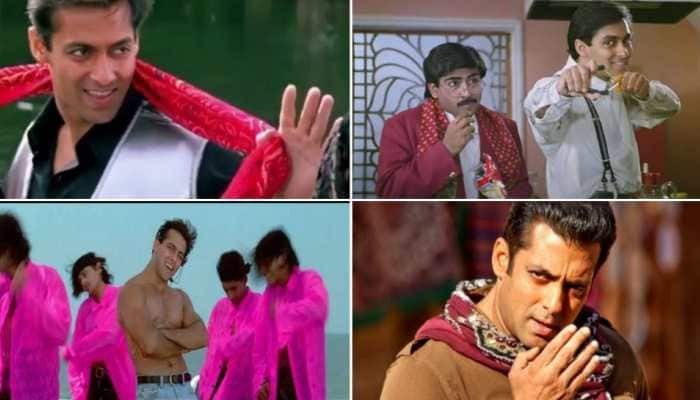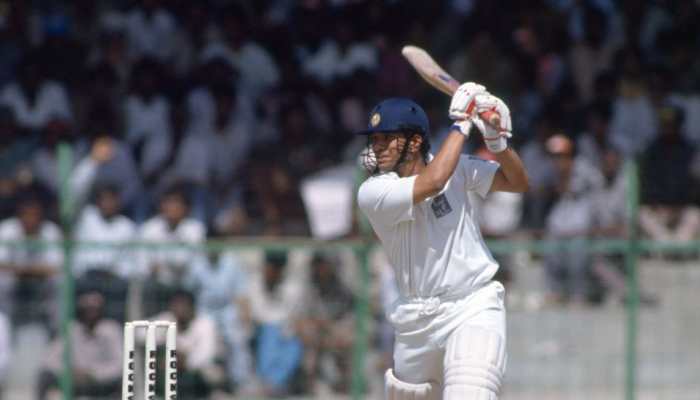Inspired by Virat Kohli, Shiv Kapur wants to clear Yo-Yo test
Passing the Yo-Yo is currently a must for a cricketer who wants to play for the Indian cricket team.
Trending Photos
) Courtesy: PTI
Courtesy: PTI New Delhi: Golfer Shiv Kapur, who clinched his third Asian Tour title at the Panasonic Open India in New Delhi on Sunday, said that he took inspiration from Team India skipper Virat Kohli before going into the tournament.
Starting the day as joint leader, Kapur, didn't let the nerves get the better of him as he carded four-under 68 to emerge victories by three strokes at the Delhi Golf Course.
"I was watching cricket yesterday and when Kohli came into bat and I said that's the attitude you should have. He takes on the ball from first delivery and all the pressure was on him and that was kind of message I tried to tell myself," said Kapur referring to Kohli's blazing knock against New Zealand in the second T20 yesterday.
"When I was standing on that 14th tee, I said take it on. You got to be the guy who is going to win, you are expected to win and so go out there and do it," added the Indian.
Kapur said his goal is to pass the Yo-Yo fitness test in the next one and a half months and qualify for the 2020 Olympic Games.
Passing the Yo-Yo is currently a must for a cricketer who wants to play for the Indian cricket team.
"My goal is to stay fit and be ready for the Tokyo Olympics. Fitness will play a big part in it," said the 35- year-old from Delhi.
"I was playing the pro-am with Nikhil Chopra. I said to him, my goal is to pass the Yo-Yo test in 18 months and only then I will know if I am fit enough to play."
In the Yo-Yo test that cricketers take, Cones are placed to mark out two lines 20 meters apart. A player starts with his foot behind one of the lines, and begins running when instructed. Player continues running between the two lines, turning when signalled by the recorded beeps.
After each minute or so, the pace gets quicker. If the line is not reached in time, the player must run to the line turn and try to catch up with the pace within two more 'beeps'. The test is stopped if the player fails to catch up with the pace within the two ends.
The entire process is software-based where the results are recorded.
With PTI inputs
Stay informed on all the latest news, real-time breaking news updates, and follow all the important headlines in india news and world News on Zee News.
Live Tv







)
)
)
)
)
)
)
)
)
)
